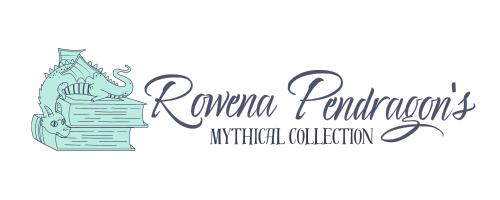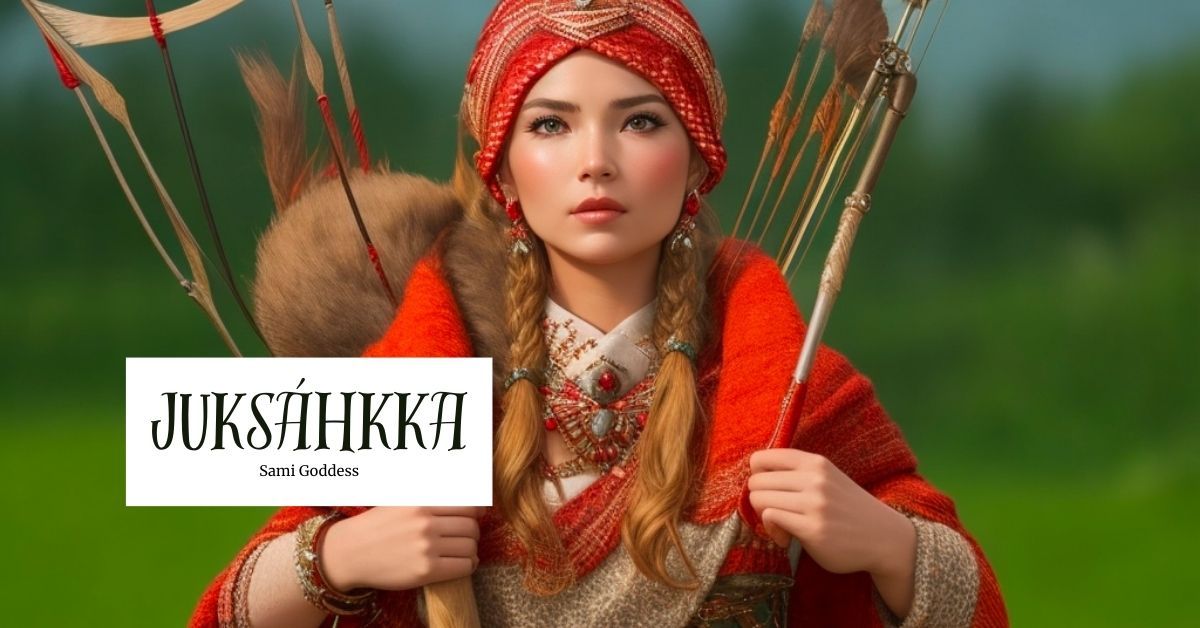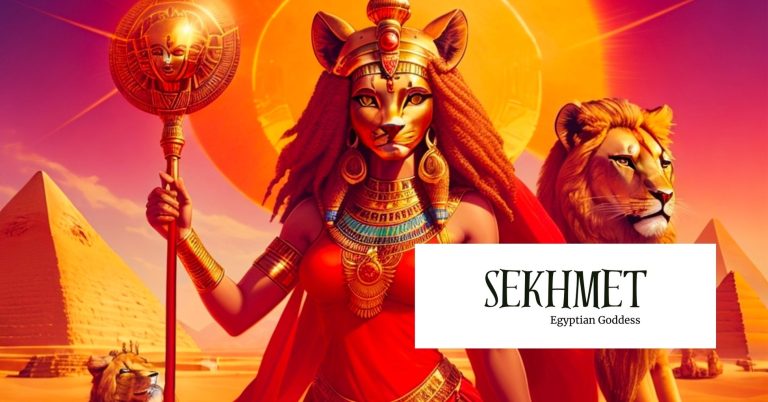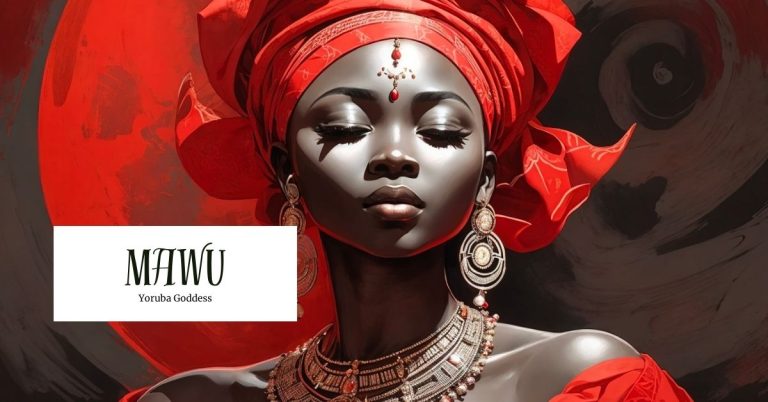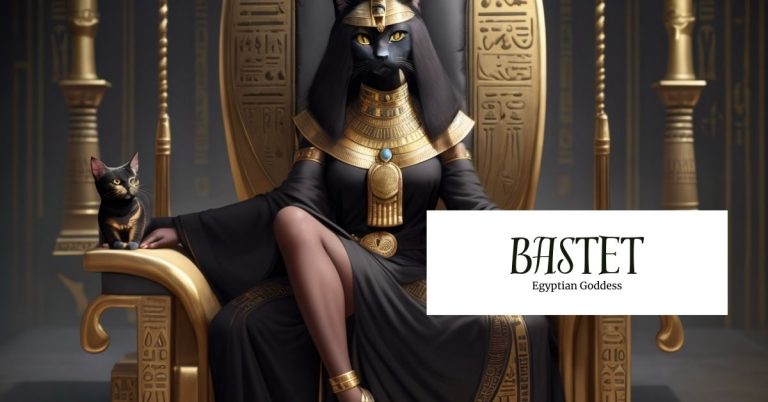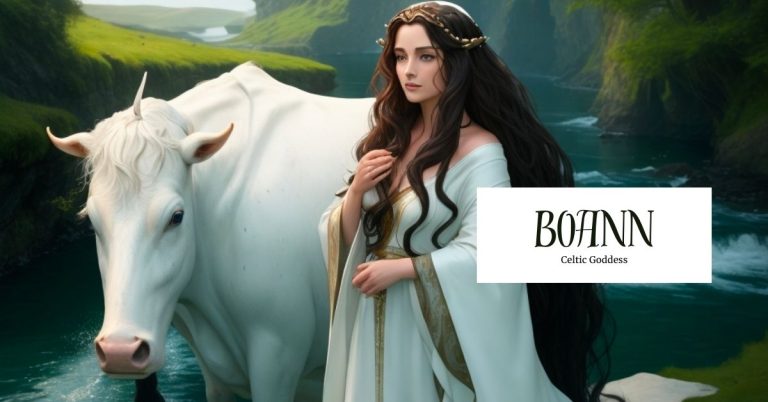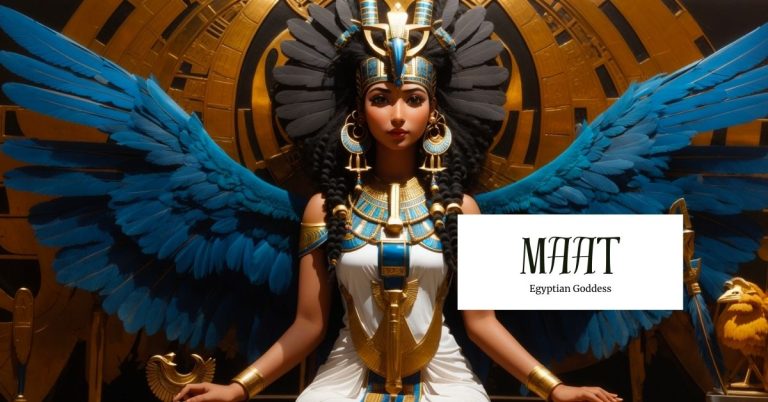Juksáhkka: The Bow Woman
Juksáhkka is one of the three daughters of Máttaráhkká, known as The Mother. Juksáhkka worked with her mothers and sisters to ensure the creation and safe delivery of children in Sami culture and continued to watch over them as they grow. Juksáhkka was said to be able to have the choice over the children’s gender in the womb and had imagery significance in the Sami drum—making her a unique standout from her sisters.
Overview of Juksakka
Known as The Bow Woman, Juksáhkka is the daughter of Máttaráhkka, The Mother and the Beginner of Life, and sister of Sarakka and Uksakka. The mother and daughters worked together for the creation and development of Sami children and Juksakka’s main pursuit was watching over the development of children. She also has some specific niches surrounding gender and Sami hunting that separate her from her sisters.
Source: Art Station (artist Karl Elf)
Titles
Juksáhkka’s title is The Bow Woman, but she is also known as the goddess of hunting and the goddess of the hunt, a vital task in Sami culture. Her name variations include Juks-Akka, Júksáhkká, Juksakka.
Abilities
Juksáhkka’s main ability is protector. She is known as the protector of boys and men and the protector of children during development. Juksakka also has a special ability to change the baby’s gender in the womb. Finnish schoolchildren learned that gender is not predetermined and all babies in the womb are female, unless Juksakka feels otherwise and decides to change the gender to male. It was said that when a couple wanted a male child, they would leave offerings for Juksakka so that she would change the sex in the womb to male. Juksakka would then bless the male children with skills of great hunters, since she was also the goddess of hunting. Another way to ask Juksakka to change the gender to male was to attach a bow and some arrows to a baby cradle. Some sources say that Uksakka, one of the sisters, is the decider of the gender, but is more common to see Juksáhkka.
Source: Patheos
Because of the strong presence of female deities like Juksakka and her family, it was thought that Sami culture was more matriarchal and mothers were in charge of their families survival and passing along the Sami culture. Women could rely on Juksakka to ensure their children are safe and growing accordingly to alleviate some of the major responsibility of the survival of children.
Characteristics
Juksakka, known as the goddess of hunting, is seen holding arrows to represent the hunt. She also will hold a heliocentric shaman drum, which are ritual Sami drums. The drum has the symbol of Paivo, the sun, in the middle and the three sisters underneath it. Because Sami people believed that all natural objects had a soul, they used a drum to communicate and connect to the spiritual side of nature.
The Sami people were hunter-gatherers and had to have an intimate knowledge of the natural world in order to survive and succeed in their environment. Hunting is an extremely important function to the Sami lifestyle, so having a deity dedicated to hunting seemed natural for the Sami people to be able to worship and rely on for extra help during these hunts. In hunting culture, men had a higher status than women, so that may be why Juksakka is the protector of both hunting and of men, to ensure the success and survival of the Sami people.
Source: Thuleia
Traits
In Sami shamanism, the generalized female spirit is called akka. Máttaráhkká is thought of as the first akka. Women and girls belong to here and her akka spirit, and boys do as well until they reach the point of manhood. Worshiping akka is common practice in forms of rituals, prayers and sacrifices. Juksakka and her sisters are also akkas. Sarakka is the goddess of fertility and love and protector of mothers and babies and Uksakka is protector of children. All sisters have “akka” following their names. Juksakka and her mother and sisters live under the earth under the tents (Kota) of women and children. She is often connected to home and symbols of home.
Source: GodChecker
History of Sami mythology
Sami, also spelt Saami, is the population of people who inhabit the region of Sapmi, which is comprised of Norway, Sweden, Finland and Russia. Sami is its own language and is part of the Uralic language linguistic group. Other languages in this group include Finnish and Hungarian. The Sami people are descendants of nomadic communities who lived in northern Scandinavia for thousands of years. Reindeer herding, sheep herding, fishing and fur trapping are a few livelihoods the Sami are known for.
Traditional Sami religion and spiritual practices are considered to be animism—the belief that all naturalistic objects possess a soul. Examples can include rocks, plants, animals, and anything in the natural world. The Sami religion and beliefs can vary slightly from region to region, but the main deities of the Sami culture remain mostly the name, even though some may have different names for the same deity.
Source: ThorNews
Unfortunately, very little of Sami religion and mythology has been translated into English. In the 1800s, a Luther pastor named Levi Laestadius collected some fragments of this mythology, but it was poorly translated and weak explanations for lost historical resources. The Kalevala is a written book that focused on Finnish mythology, but also spoke of deities that were similar to the ones in Sami culture.
Influences of other religions/cultures
The presence of Christainty in Sami culture was active during the Roman Catholic middle ages, but the 17th century is when Norway and Sweden colonized Sami and Christianity was a main focus. In the kingdom of Denmark-Norway, the practicing of Sami religion resulted in a death penalty, for it was thought of as witchcraft. A Chrisitan mission was enacted in the 17th century to convert the Sami people to Christianity. During this period, the Sami people practiced Christianity in public, but in private, still continued their Sami religion.
Modern appearances
In the Thor comics, Juksakka and her sisters make minor appearances, otherwise, the modern appearance of Juksakka seems to be lost. If you have more information or legends that you can share, please do reach out!
Final thoughts
Juksakka plays an important role in Sami culture not just because of her role with her mother and sisters, but also her individual role of the decider of gender and the protector of boys and men. Although there is little information available about Juksakka and a loss of her in modern culture, Juksakka made a significant impact on the Sami people and made women and children feel safe and cared for. If you have more information or legends that you can share, please do reach out!
Sources:
The University of Texas at Austin- Sami Music
The University of Texas at Austin- Sami Hunting and Gathering
The University of Texas at Austin- Women in Saami Society
